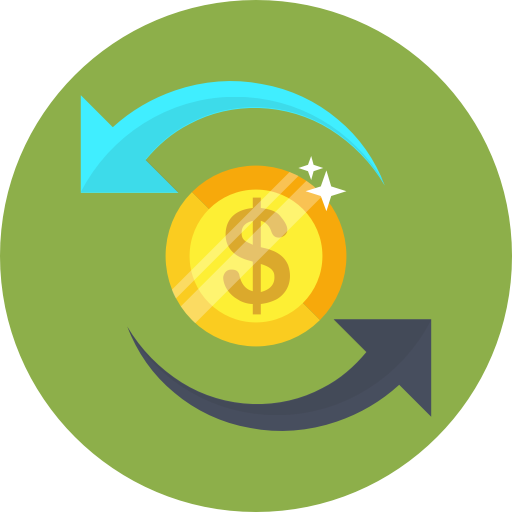Easing pressure on shop prices has sparked hopes for potential rate cuts


According to data from the British Retail Consortium and NielsenIQ, shop price growth decelerated to just 0.8% in the year leading up to April, marking the slowest increase since December 2021.
This downward trend was particularly pronounced in food prices, which saw inflation drop to 3.4% this month, the lowest level recorded since March 2022.
Analysts attribute this decline in shop prices to increased promotional activity by retailers in April, likely tied to the Easter sales season. Helen Dickinson, chief executive of the consortium, highlighted that both food and non-food sectors experienced a moderation in inflation rates, with non-food prices, especially in clothing and footwear, witnessing significant drops due to intensified promotional efforts.
Referring to the war between Israel and Hamas and disruption to trade flows in the Red Sea, Dickinson said that “geopolitical tensions” could generate a “knock-on impact on commodity prices, like oil [that] pose a threat to future price stability”.
Analysts at Goldman Sachs, the investment bank, have calculated that suppliers could step up oil output to replenish global oil inventories, putting downward pressure on prices.
Fewer interest rate cuts this year would dilute the Conservatives’s expected election messaging of highlighting the strength of the economic recovery since Rishi Sunak became prime minister.
The trajectory of inflation has sparked debates regarding potential interest rate cuts by the Bank of England. Initially, expectations were for substantial monetary loosening, but recent signs of stubborn inflation in the United States have led to a reassessment of these forecasts.
While the Bank of England is anticipated to reduce UK interest rates twice this year, there is speculation that the US Federal Reserve may delay rate cuts until 2025. However, some officials, like Huw Pill and Andrew Bailey, have indicated openness to rate cuts, suggesting a potential shift in monetary policy.
The upcoming ratesetting meeting on May 9 will provide new economic forecasts, with the current base interest rate standing at a 16-year high of 5.25%. However, if there are fewer interest rate cuts this year, it could impact the Conservative party’s election messaging, which has emphasized the strength of the economic recovery under Prime Minister Rishi Sunak.
Additionally, fresh food inflation has also shown a slowdown, dropping to 2.4% in the year leading up to April. This further contributes to the narrative of easing price pressures in the market.
Read more:
Easing pressure on shop prices has sparked hopes for potential rate cuts
